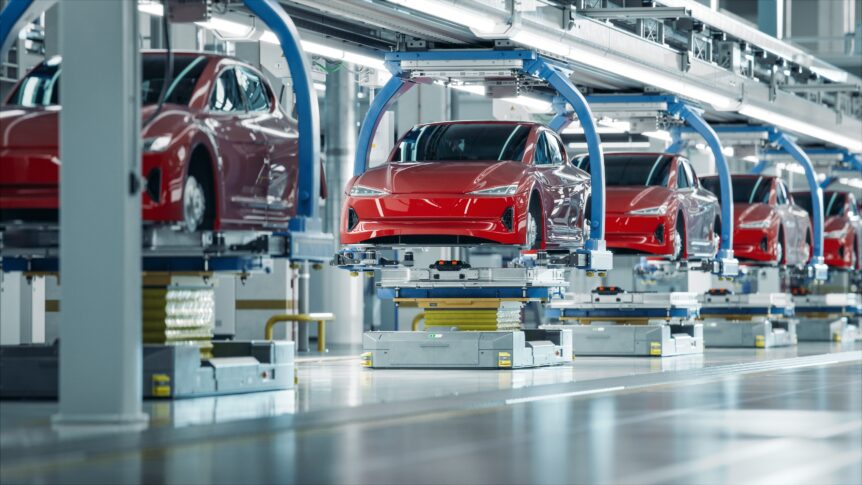Is green energy too good to be true? The details of a new report may shock you.
The Hidden Cost of Going Green

Image Credit: Shutterstock / Summit Art Creations
It seems as though there could be a life-threatening flaw in the race to hit the nation’s green energy targets and to net zero.
The Electric Revolution’s Dark Secret
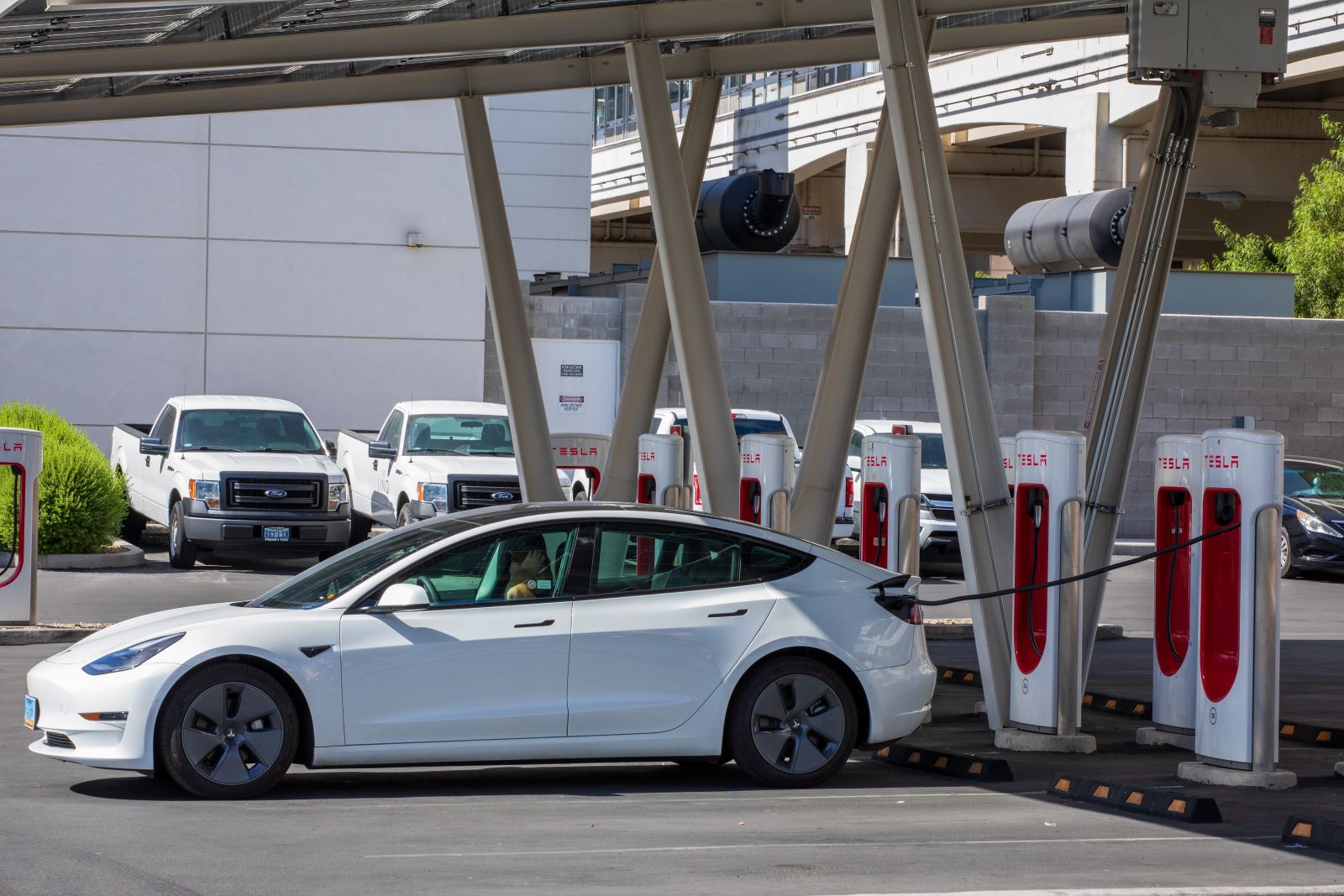
Image Credit: Shutterstock / Rexjaymes
We all know about the shift to electric vehicles (EVs) and the lithium-powered batteries that are needed for a green energy future, but here’s the thing: a recent study has revealed that there’s a big price to pay when it comes to mining for lithium, both here at home and abroad.
Lithium: The Thirsty Metal
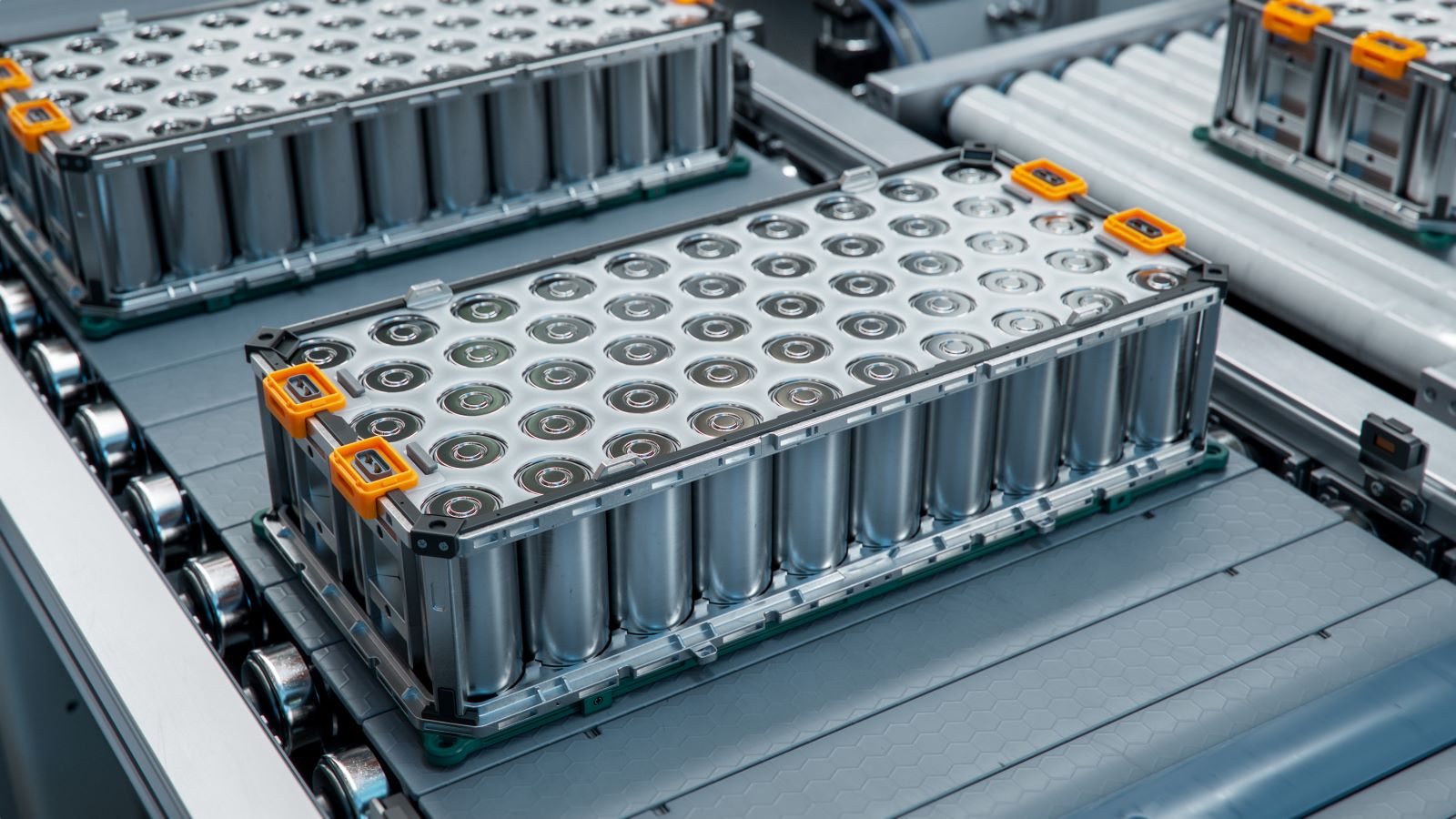
Image Credit: Shutterstock / IM Imagery
We need lithium batteries to power both EVs and other renewable energy sources, but there’s a catch. The cost is that the mining and processing of lithium is draining and contaminating water supplies across the planet – usually in communities that are already struggling.
The Power of Lithium

Image Credit: Shutterstock / IM Imagery
Lithium holds a charge better than any other metal, hence the need for it. But getting lithium out of the ground and into our batteries takes a lot of water – and that’s causing big problems.
The Hydrosocial Impact

Image Credit: Shutterstock / Jirapong Manustrong
A new paper, “Lithium and Water: Hydrosocial Impacts Across the Life Cycle of Energy Storage,” spills the details on how lithium’s water use impacts local supplies.
When Green Solutions Create New Problem

Image Credit: Shutterstock / rblfmr
James J.A. Blair, a professor at California State Polytechnic University, led the study and warns, “Climate change mitigation sometimes can make it even more difficult for societies and environments that are already under extreme stress to be able to adapt to climate change.”
The Unintended Consequences of Clean Energy

Image Credit: Shutterstock / wellphoto
It’s a double-edged sword – while lithium is helping to fight climate change, it’s also making it harder for big communities to deal with the effects of climate change. And let’s be real: if you had to pick between having freshwater or EV batteries, which would you choose?
Breaking Down the Extraction Methods

Image Credit: Shutterstock / NDAB Creativity
The study breaks down the different ways we get lithium and how much water each method uses. Hard rock mining, which gives us 63% of the world’s lithium, is notorious for its water consumption and pollution risks.
A Thirsty Giant in the Desert

Image Credit: Shutterstock / Evgeny_V
Take Thacker Pass in Nevada, for example. This new open-pit mine is set to use 1.6 billion gallons of water every year for the next 41 years – enough to quench the thirst of 53,000 Americans every year.
The Myth of “Climate-Smart” Mining
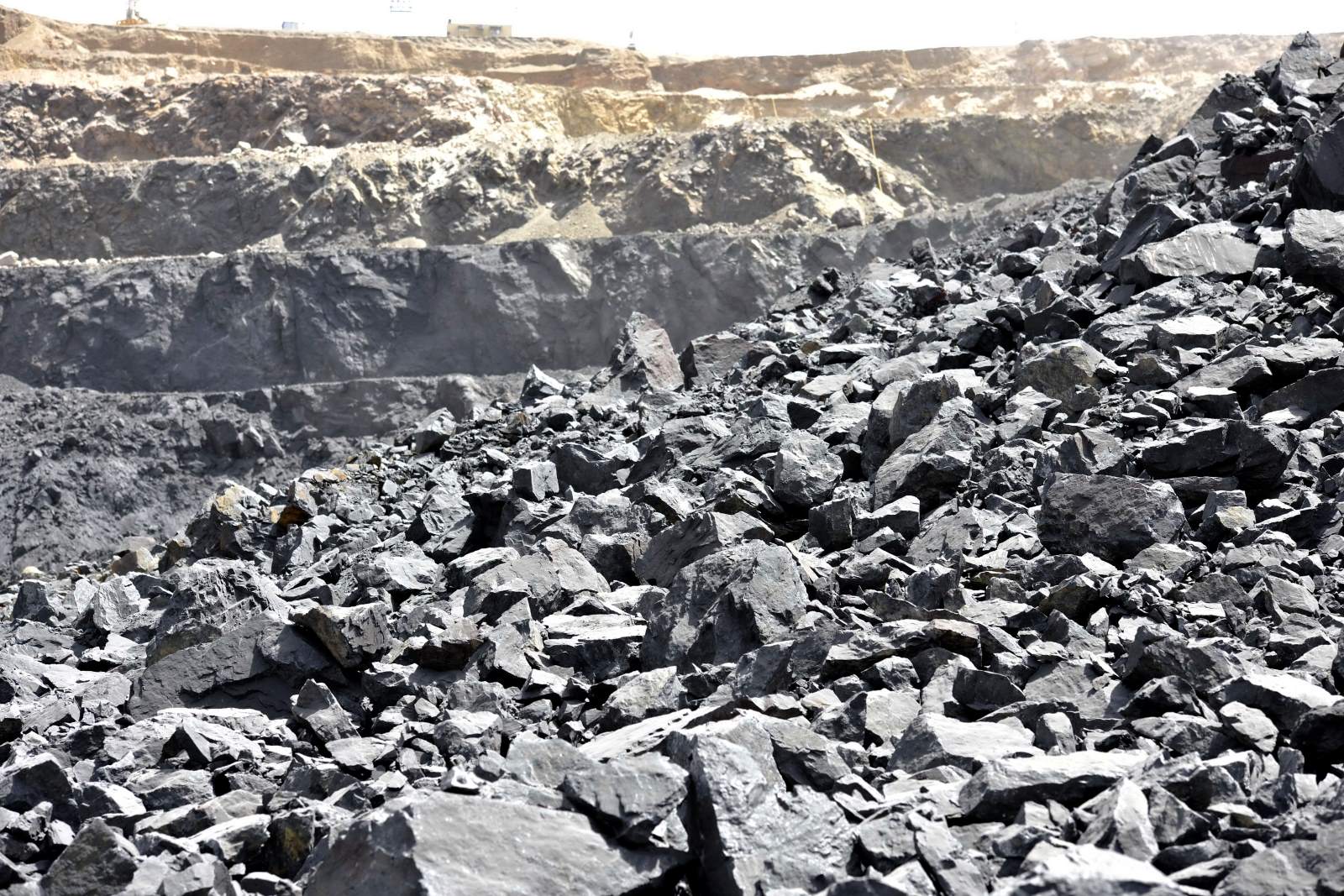
Image Credit: Shutterstock / M.Khebra
Despite claims that hard rock mining is a “climate-smart mining method” the reality is far different. This type of mining involves digging huge craters in the earth, which produces tons and tons of waste and has a big impact on local water systems – ultimately reducing the amount of water available. It really throws shade on lithium’s “green” reputation.
South America’s Evaporating Water Resources
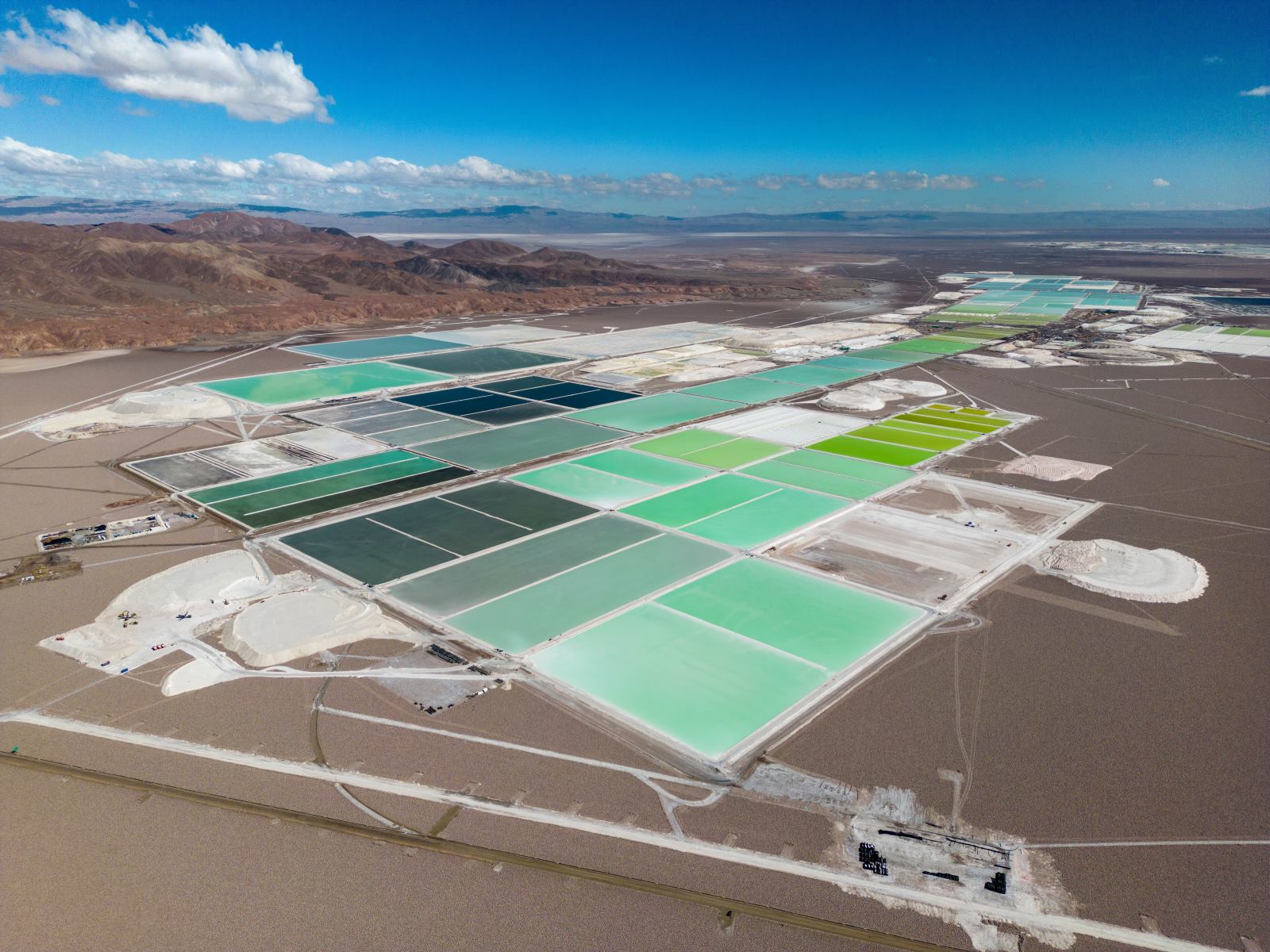
Image Credit: Shutterstock / Freedom_wanted
In South America, another method involves pumping lithium-laden brine to the surface and letting it evaporate. This can dry up underground water sources connected to other essential water supplies.
A False Hope?

Image Credit: Shutterstock / Freedom_wanted
A different technique, Direct lithium extraction (DLE), is pitched as a more sustainable option, but it also requires tons of freshwater. In Argentina, DLE has already dried up local rivers across the country.
Green River’s Dilemma
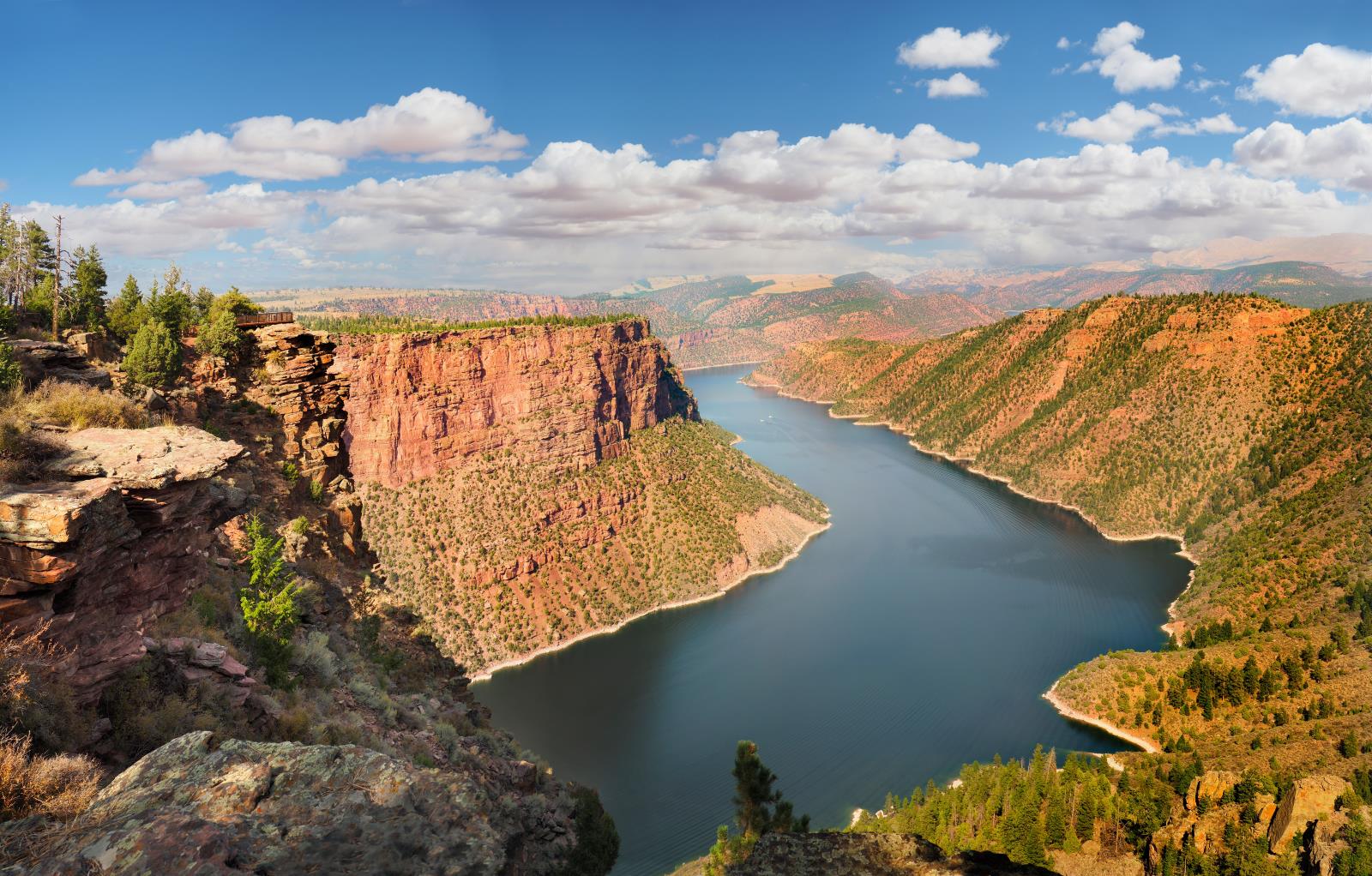
Image Credit: Shutterstock / Steve Bower
In Green River, Utah, a DLE project is facing backlash from locals and environmentalists over its plans to draw water from the Colorado River’s largest tributary.
Lithium vs. Water
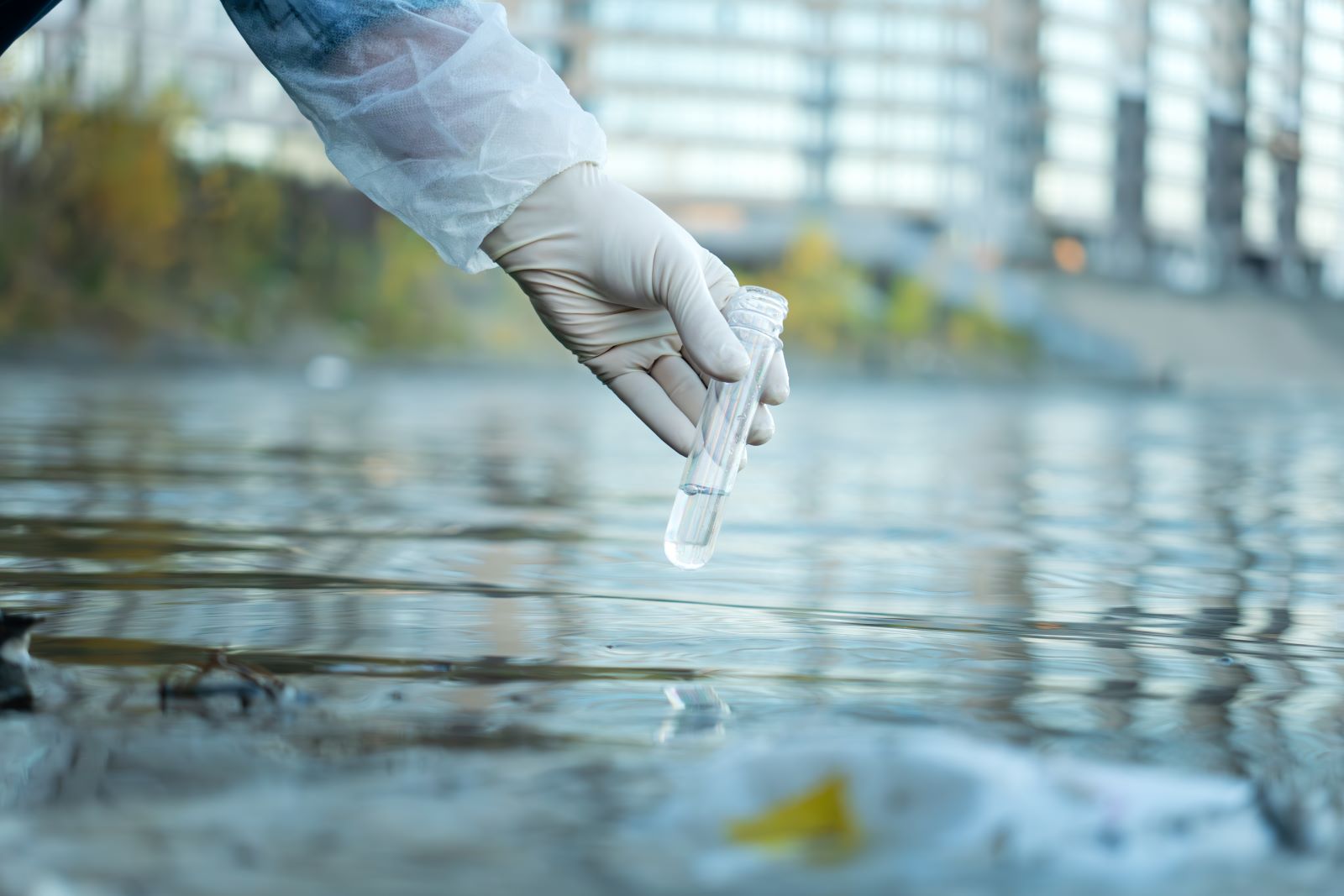
Image Credit: Shutterstock / Melnikov Dmitriy
This has raised serious concerns about water contamination and depletion, with fears that toxic brine brought to the surface could contaminate vital freshwater supplies in the already overtaxed river system.
The Grassroots Resistance to Lithium Mining

Image Credit: Shutterstock / John Gomez
Across the U.S., people are pushing back against lithium projects. In rural Nevada, where wells are already dry, a newly proposed open-pit mine has locals up in arms over fears it will ruin their water supply and harm a nearby wildlife refuge – which is home to the world’s most endangered fish, the Devils Hole pupfish.
Lithium Valley
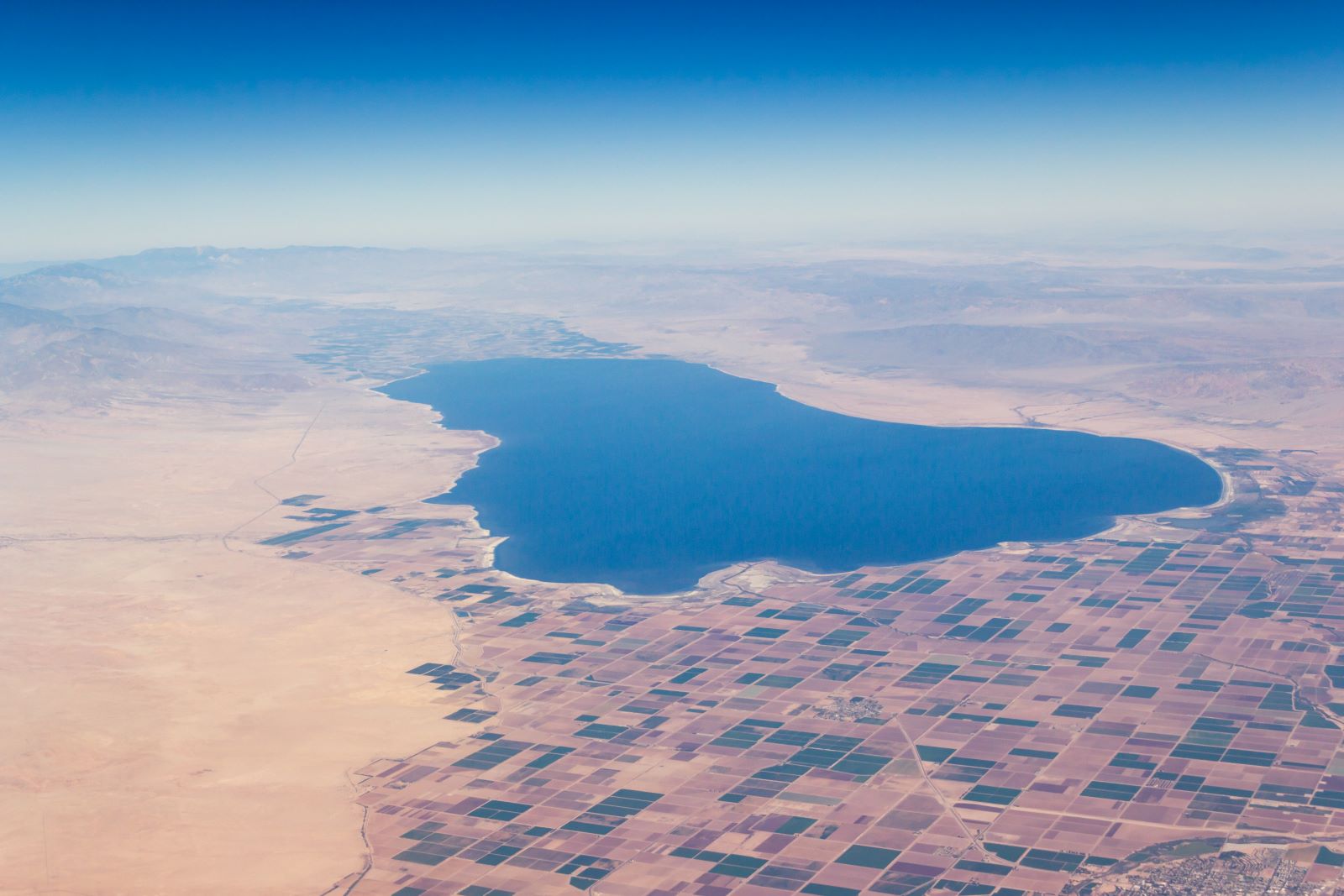
Image Credit: Shutterstock / Yunpeng Li
At California’s Salton Sea – nicknamed “Lithium Valley” – community groups are suing to stop a DLE site, claiming the county didn’t properly study the project’s impact on the already declining Colorado River.
Sustainable Lithium Extraction
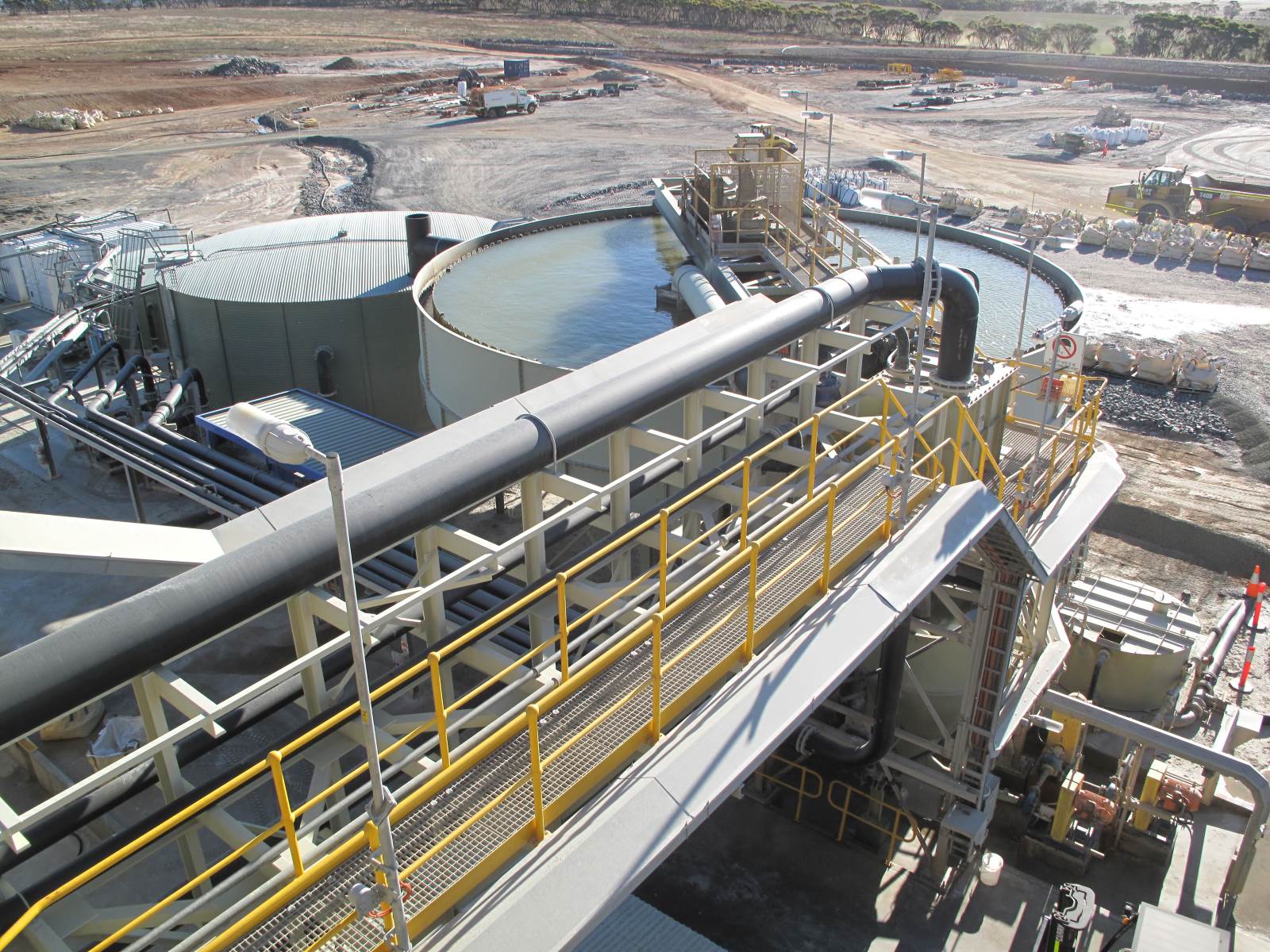
Image Credit: Shutterstock / Kamzara
Lithium mining doesn’t have to devastate water supplies – with careful planning and less reliance on large-scale extraction, its environmental impact can be reduced.
Rethinking Our Lithium Dependency
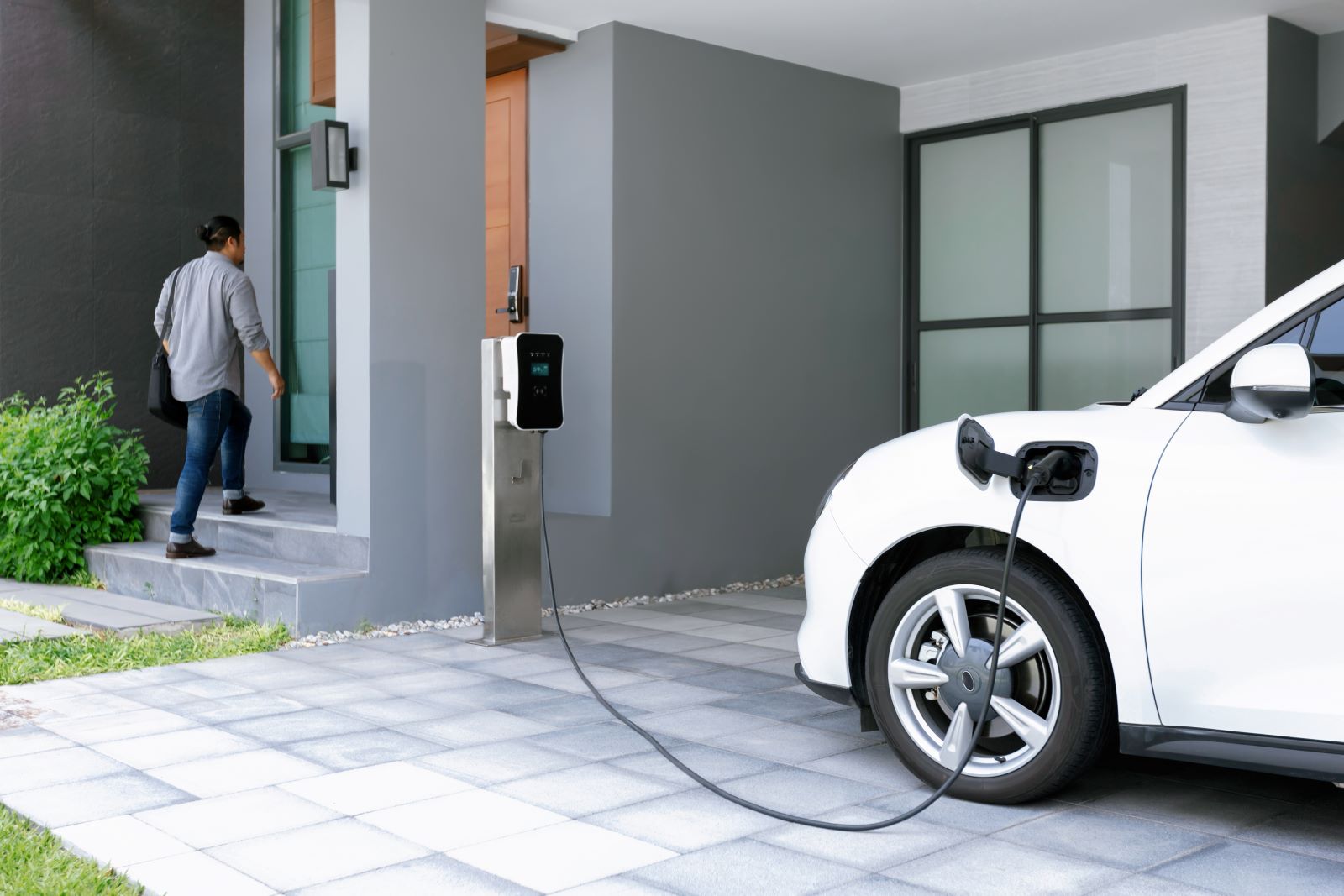
Image Credit: Shutterstock / Owlie Productions
The researchers suggest that the world needs to rethink how it uses lithium. Promoting public transportation and making smaller EVs could help reduce the demand, and would ease the pressure on water supplies.
Balancing Green Energy and Water Conservation

Image Credit: Shutterstock / Chay_Tee
The study makes it clear that while lithium is key to a sustainable future, its environmental costs can’t be overlooked. We need to make sure that the push for green energy doesn’t dry up our crucial freshwater resources.
DeSantis in More Hot Water as Florida Floods, Again

Image Credit: Shutterstock / Andrew Cline
Florida residents are struggling this hurricane season, and many are pointing the finger at a certain Governor. DeSantis in More Hot Water as Florida Floods, Again
J.C. Penney’s Closures Signal the End of an Era in Retail

Image Credit: Shutterstock / Jonathan Weiss
Popular department store, J.C. Penney, has announced the closure of multiple stores across the country. This announcement reflects changes in the retail industry as online shopping becomes more popular. But how will these changes affect consumers and the future of in-store shopping? J.C. Penney’s Closures Signal the End of an Era in Retail
Michigan’s Governor Whitmer Lays Down the Law for HOAs

Image Credit: Shutterstock / Gints Ivuskans
Gretchen Whitmer has just taken on HOAs across Michigan. Who won? Michigan’s Governor Whitmer Lays Down the Law for HOAs
Featured Image Credit: Shutterstock / IM Imagery.
The images used are for illustrative purposes only and may not represent the actual people or places mentioned in the article.

